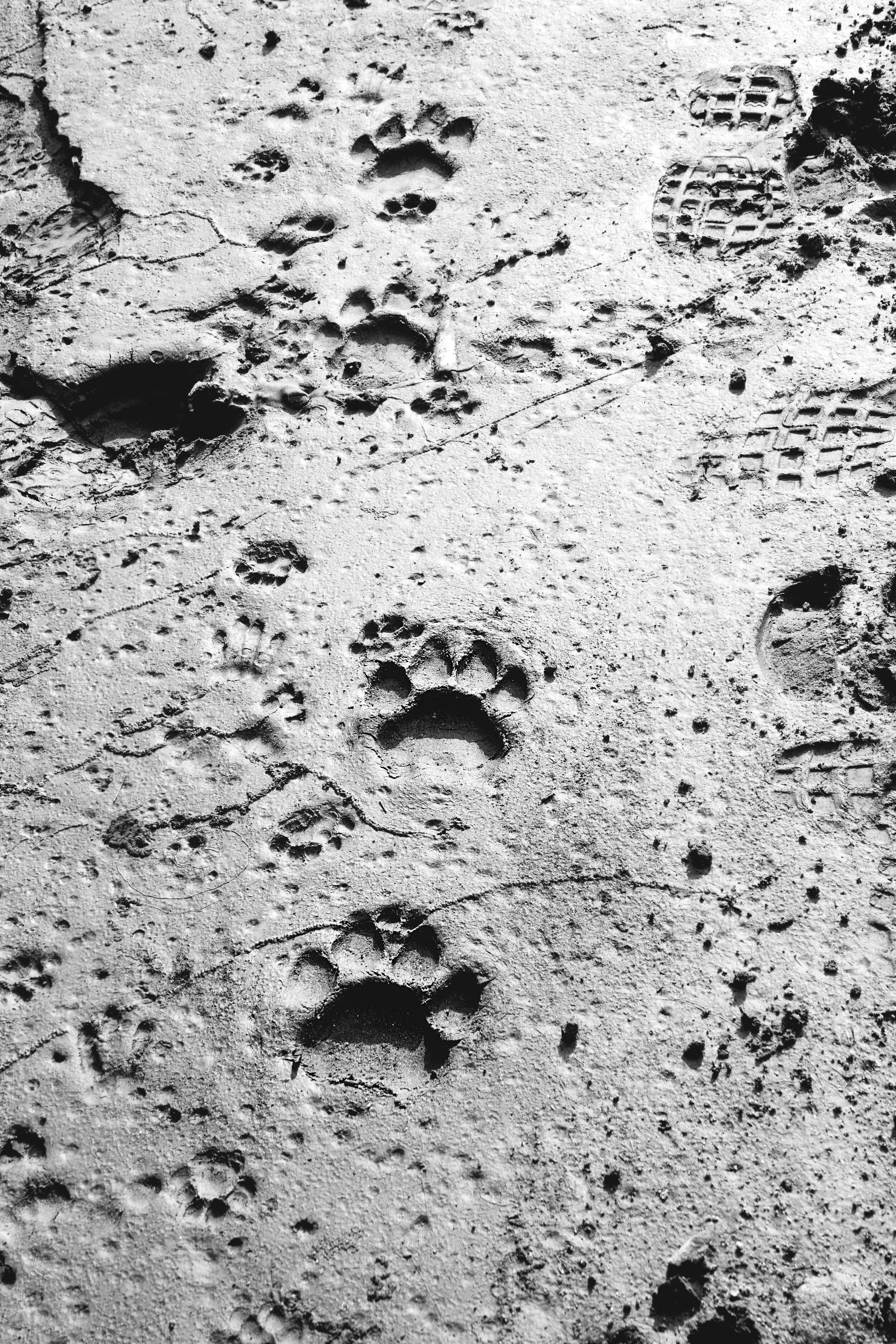
Camera trapping for small wild cats in North-East India
As a Research Assistant, I coordinated a project titled “An Integrative Approach for Designing and Evaluating Networks of Protected Areas Under Climate Change: A Test Using Small Felids in India.” This initiative was a collaborative effort involving Uppsala University in Sweden, the Salim Ali Centre for Ornithology and Natural History (SACON) in Coimbatore, India, and the National Centre for Biological Sciences (NCBS) in Bangalore, India. In this role, I oversaw camera trap surveys, managed the collection of biological samples, and trained volunteers across several locations, including Nongkhyllem Wildlife Sanctuary (Meghalaya), Intanki National Park (Nagaland), Pakke Tiger Reserve and Talle Valley Wildlife Sanctuary (Arunachal Pradesh), as well as Dibru-Saikhowa National Park and Laokhowa Wildlife Sanctuary (Assam).
The fieldwork required both mental and physical resilience in challenging conditions, necessitating the ability to operate effectively across diverse topographies, social settings, and cultural contexts. This often involved living in basic accommodations, camping, and trekking up to 30 kilometers per day through rugged terrain to access remote sampling sites.This experience provided valuable opportunities to engage with various indigenous communities and gain insights into their cultures. I learned to respect local traditions that were essential for logistical planning.Although not explicitly part of my role as a project coordinator, I took the initiative to visually document the project, the region, and its traditions through photography and journaling. Starting as a project volunteer allowed me to acquire essential skills related to the project's scientific inquiries and its potential contributions to wildlife conservation. I became proficient in navigating tropical forests using GPS technology and developed strong working relationships with field assistants and forest department staff. Additionally, I learned to operate camera traps, troubleshoot issues, and monitor each unit effectively in the field.
In summary, my role in this project has deepened my understanding of how research and fieldwork inform the design of conservation strategies, emphasizing the integration of ecological principles, community engagement, and adaptive management. Furthermore, my interactions with indigenous communities highlighted the necessity of incorporating local knowledge and cultural considerations into conservation design.
Meghalaya, Nongkhyllem National Park
Ingtanki National Park, Nagaland









